In my ontology i have an instances named beethoven, how can I say that my beethoven instance is the same as this beethoven
http://dbpedia.org/page/Ludwig_van_Beethoven
I know that I have to use owl:sameAs predicate, but the thing is when I click on sameAs predicate, protege just give me a list of already existing instances. However, I'm asking about an instance from an ontology on the web.
What I was thinking of is maybe I have to import that ontology, but thing about it, if i want to sue dbpedia, do i really have to import the whole dbpedia to my machine?
Im sure there is something easier and that's why I'm asking you guys
Thanks in advance
Update 1
After reading this answer
Extend DBpedia entity in Protege ontology
I created an instance of the type THINKG in my protege and gave it the exact same URI (which is http://dbpedia.org/page/Ludwig_van_Beethoven ), and said that my beethoven instance is owl:sameAs this new instance, would that be enough?
Update2
I tried to query my ontology after the things that I have listed in update1, and I noticed this:
this query:
select ?z where
{
mo:Beethoven owl:sameAs ?z
}
returns empty result
However, this query:
select ?z where
{
dbpedia:Ludwig_van_Beethoven owl:sameAs ?z
}
returns my beethoven instance like this:

how can the dbpedia:beethoven is the same as mo:beethoven, but the other way around, knowing that I said mo:beethoven is owl:sameAs dbpedia:beethoven not the other way around